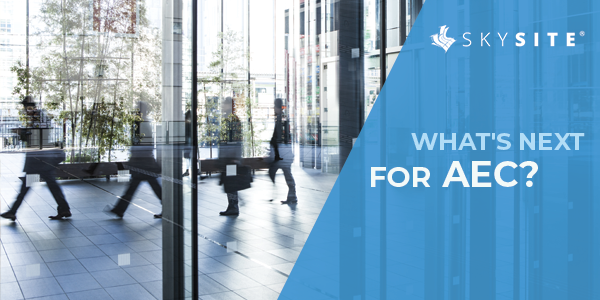Imagine a building that works to keep you healthy. As sustainable materials in building have gained in popularity and affordability, a new trend from that vein has emerged; wellness building. Where sustainable materials focus on the structure, wellness buildings focus on the occupant. While the two go hand-in-hand, they offer different benefits.
What is driving this trend? As companies are starting to see not only financial benefits, such as operating cost savings, of green building but also the social benefits, the focus has transitioned to not only sustainable materials, but buildings that consider the occupants wellness. In fact, according to the World Green Building Trends 2018 SmartMarket Report, 58% of respondents selected “improved occupant health and well-being,” as an important benefit of green building. Other factors driving demand include increased corporate social responsibility, younger generations pushing for healthier environments, client demands and, of course, environmental regulations.
But, just what is wellness building? While green building is a movement using sustainable materials, wellness building focuses on healthy materials and environments that don’t harm humans or the planet. For example, as we have become more educated about what we eat and insist our food be free of harmful chemicals and toxins, this knowledge and preference has carried over to the materials and design in our living and work spaces to create a healthier environment (e.g., no toxic drywall or formaldehyde flooring).
Some examples of wellness initiatives being incorporated into buildings include:
• Using building materials that are free of toxins
• Ensuring water is delivered safely and clean
• Using systems that provide clean, filtered air
• Incorporating high-quality lighting that improves productivity and energy
• Including plants and nature in the design
• Using active design tactics, such as stairs that encourage use over elevators
• Re-thinking traditional spaces to promote healthy lifestyles
This trend is not limited to just commercial buildings. While wellness tactics are currently being incorporated more into office environments and commercial spaces, home builders are beginning to see the value. The shift comes as buyers become more educated and look beyond master suites and search for healthy, toxic free environments that promote life-enhancing habits.
The timing of wellness trends is also enhanced and benefited by the emergence of smart buildings and smart homes. As technology is incorporated more and more into building design, it allows for standards to be monitored and adjusted as needed. For example, air and water quality can be tracked to maintain health and comfort levels. Even in the building process, technology such as construction project management can add to the efficiency of the project by reducing paper use and saving time.
To be sure, wellness building is not a fad or just the realm of “tree huggers.” While wellness measures may not be as quantifiable as sustainability initiatives, a new WELL Building Standard has emerged to optimize how design, operations and behaviors within work and living spaces can promote health and well-being. Like the LEED certification for buildings, the WELL standard provides a framework to create healthy spaces for the well-being of occupants.
As the wellness movement advances and grows in popularity, design firms and builders will need to keep current with advancements that provide green, healthy and innovative environments.





